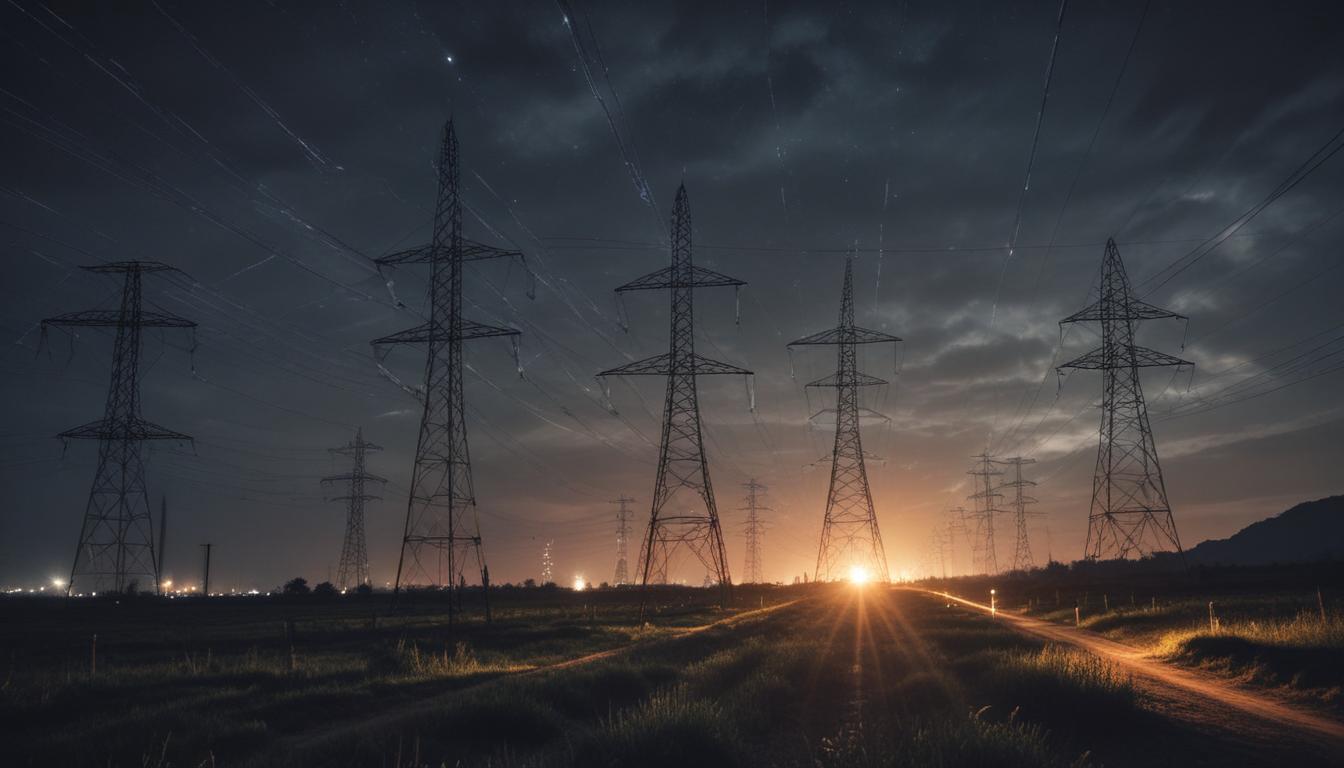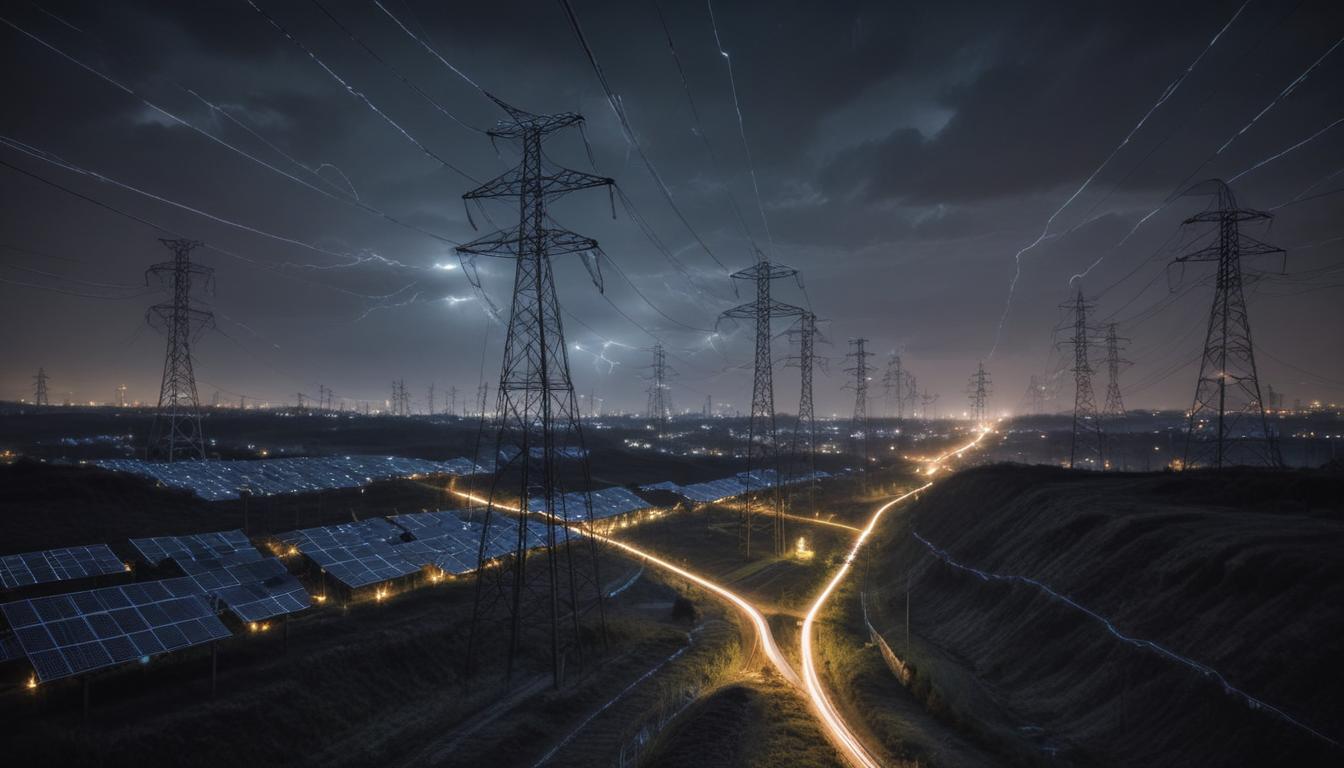Now Reading: Unlock Efficient Energy with Smart Grids
- 01
Unlock Efficient Energy with Smart Grids
Unlock Efficient Energy with Smart Grids

Smart Grids Powering a More Reliable and Efficient World
Have you ever been plunged into darkness by a sudden power outage, wondering how our seemingly advanced society can be so vulnerable? Or perhaps you’ve stared at a surprisingly high electricity bill, frustrated by the lack of control over your energy consumption. These are common frustrations born from an outdated electrical grid, a system designed for a different era. This one-way power delivery system is often inefficient, slow to react to problems, and ill-equipped for the energy demands of the 21st century.
The good news is that a revolutionary upgrade is underway. The solution is the smart grid, an intelligent, interconnected network that is transforming how we generate, distribute, and consume electricity. It represents a monumental leap forward, promising a future with fewer blackouts, greater energy efficiency, and more power in the hands of the consumer. A smart grid isn’t just about preventing inconvenience; it’s about building a more resilient, sustainable, and cost-effective energy infrastructure for generations to come.
What Exactly Is a Smart Grid
At its core, a smart grid transforms our traditional electrical grid from a one-way street into a dynamic, two-way information superhighway. The old grid simply pushes electricity from a central power plant out to homes and businesses with very little feedback. If a problem occurs, like a downed power line, utility companies often don’t know about it until customers start calling. This reactive approach is what leads to prolonged outages and inefficiencies. The smart grid, however, overlays this physical infrastructure with a modern digital communications network.
This network is powered by an array of sophisticated technologies working in concert. It includes smart meters in homes that provide real-time energy usage data, sensors placed throughout the distribution network that monitor voltage and equipment health, and automated control systems that can make split-second decisions. All this data is analyzed to predict demand, detect faults, and optimize the flow of electricity. It’s this constant, two-way dialogue between the consumer and the utility that makes the grid truly “smart.”
The Real World Benefits of a Smarter Energy System
The transition to a smart grid isn’t just a technical exercise for engineers; it delivers tangible benefits that impact our daily lives, our finances, and the health of our planet. For consumers, the most immediate advantage is enhanced reliability. A smart grid can automatically detect and isolate faults, rerouting power around the problem area. This “self-healing” capability can turn a neighborhood-wide blackout into a momentary flicker, dramatically reducing the frequency and duration of power outages.
Furthermore, a smart grid empowers you to take control of your energy costs. With smart meters, utilities can offer time-of-use pricing, which means electricity is cheaper during off-peak hours. This allows you to save money by running your dishwasher or charging your electric vehicle overnight. On a broader scale, the smart grid is critical for a sustainable future. It seamlessly integrates renewable energy sources like wind and solar, which are often intermittent. The grid can intelligently manage these fluctuations, ensuring a stable power supply while reducing our reliance on fossil fuels and lowering the entire community’s carbon footprint through massive efficiency gains.

Challenges on the Path to a Fully Smart Grid
Implementing such a profound transformation is not without its challenges. The most significant hurdle is the immense upfront cost. Upgrading an entire nation’s electrical infrastructure, from replacing old meters to installing millions of sensors and building robust data centers, requires a colossal financial investment from both governments and utility companies. These costs can be a major barrier to rapid, widespread adoption, especially in less developed regions.
Another critical concern is cybersecurity. As the grid becomes more interconnected and reliant on digital communication, it also becomes a more attractive target for cyberattacks. A successful attack could potentially disrupt power for millions of people, making it a matter of national security. Therefore, building impenetrable security protocols and ensuring data privacy for consumer information are paramount. Overcoming these financial and security challenges is essential to unlocking the full, incredible potential of a truly intelligent and responsive energy network.


































